MMTk in An Ancient Wuxia World
by Kunshan Wang
TL;DR: During last Christmas, I tried to run LSPGDX, a 3D FPS game implemented in Java using OpenJDK with the MMTk binding. It worked, but not perfectly. GC pauses are still a problem.
Disclaimer: This is not part of the research of the MMTk project, and is not sponsored by the Australian National University or Shopify.
The first FPS game I played
When I was nine or ten years old, I played a PC game named “摇滚少林系列之七侠五义3D”, or “Rock’n’Shaolin: Legend of the Seven Paladins 3D” (abbreviated as “L7P” or “LSP”). That was the first first-person shooting (FPS) game I played. That was an unusual FPS game because of its Chinese Wuxia theme. Instead of using guns, the player fights using ancient Chinese weapons and “qigong”, a powerful martial art that launches fireballs at the enemies.
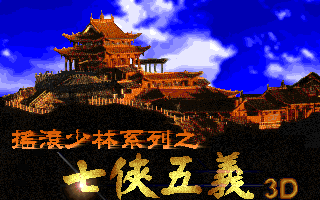
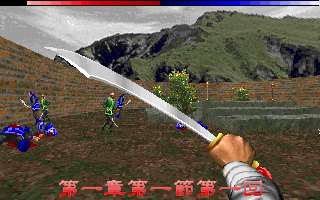
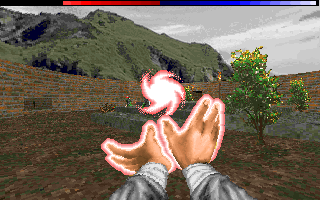
The game was released in 1990s and, like many games of that era, it ran on DOS. However, many games of that era (such as Doom and Duke Nukem 3D) also released the source code of their game engines so that developers could port the games to modern platforms. Such ports are called source ports. For example, zdoom is a port of Doom’s “id Tech 1” engine, and eduke32 is a port of Duke3D’s “Build” engine. Those ports allow us to play those 1990s games on modern GNU/Linux, MacOS, Windows, and many operating systems and hardwares you can imagine.
I wondered if there is a source port for the Legend of the Seven Paladins 3D, too. Fortunately, there is.
During Christmas last year, I found the BuildGDX project and many other projects developed by M210. BuildGDX is a port of the Build engine written in Java, and there are also ports of many Build engine games, such as DukeGDX for Duke Nukem 3D, WangGDX for Shadow Warrior, BloodGDX for Blood, and LSPGDX for L7P. It ended up that L7P was also built on the Build engine, and it was surprisingly the first game based on (an unreleased version of) the Build engine!
I cloned the repositories, converted the Eclipse projects to Idea projects, worked around some issues, and I managed to run it on my laptop, with ArchLinux and OpenJDK 19. Here is a screenshot. Note that LSPGDX changed the HUD a little bit to adapt to modern high-resolution displays. The game window was a bit small, though, because I hadn’t figured out how to change the window size by then.
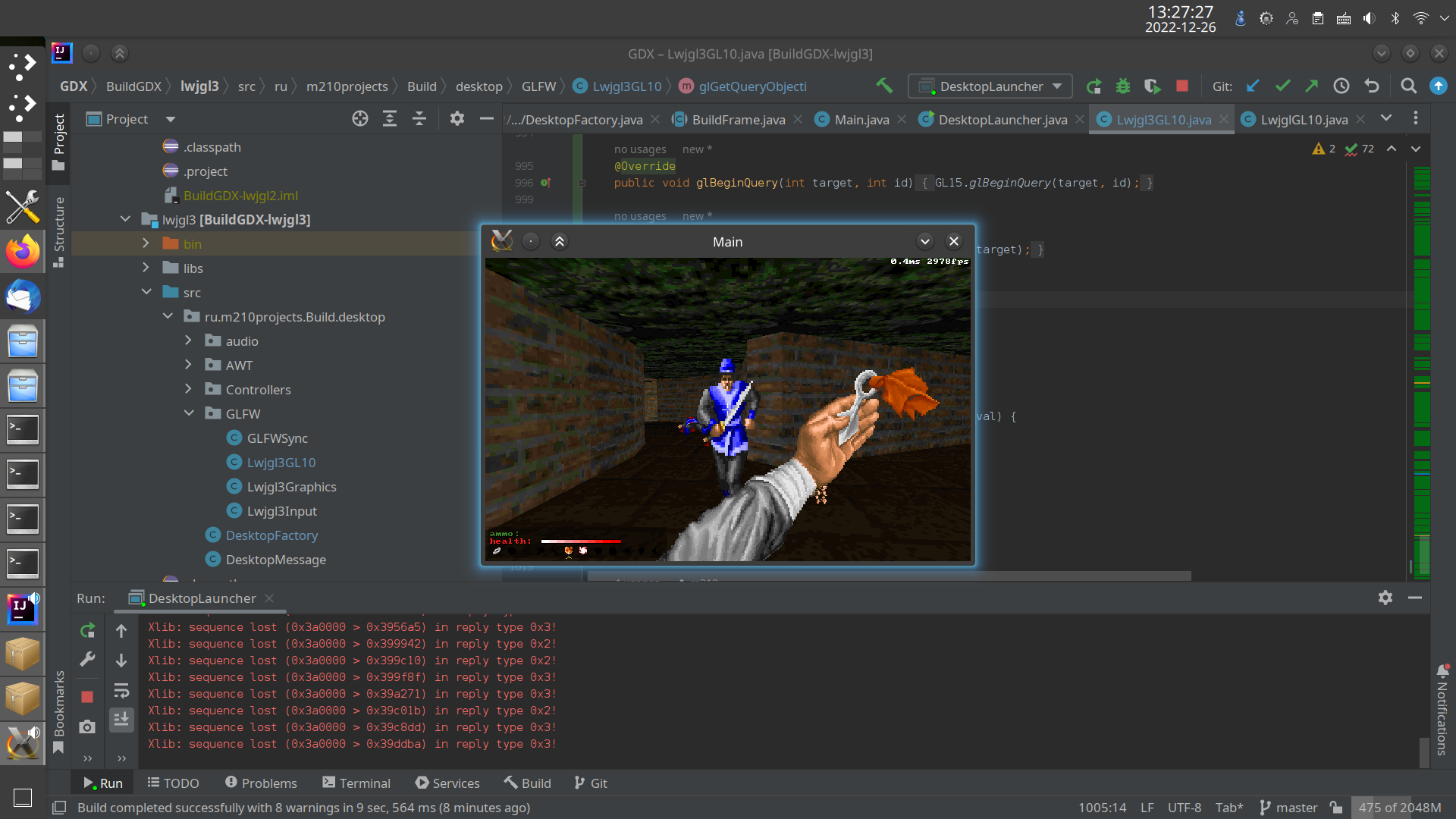
Can it run with MMTk?
Since it ran on OpenJDK, an immediate question came to my mind: “Does it run with MMTk?” My colleagues and I have been actively maintaining mmtk-openjdk, the OpenJDK VM binding of MMTk. In version 10, OpenJDK refactored its GC framework and introduced a GC interface, making it easy to plug in new GC algorithms. Our MMTk binding implements that interface and allows OpenJDK to use any GC algorithms MMTk provides. It should be a drop-in replacement for its GC.
And it actually worked. After fixing some issues about soft references, LSPGDX ran on OpenJDK 11 with the MMTk binding.
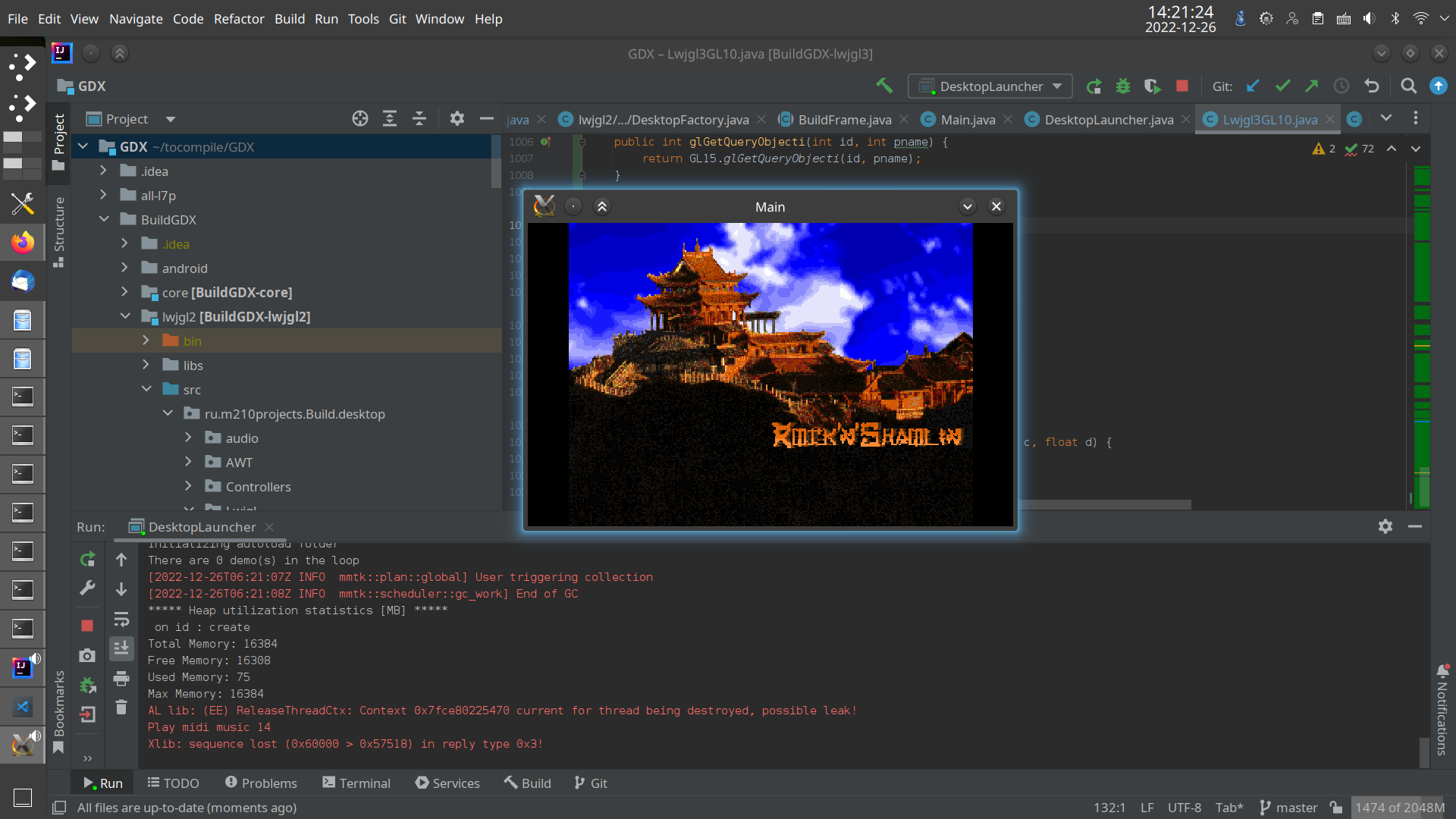
Pay attention to the log output [... INFO mmtk::plan::global] User triggering
collection. That was produced by MMTk core, and that meant the VM was actually
using MMTk.
I gave it a 128MB heap. (That was way too generous. Back in the DOS era, that game ran with 4MB of total memory!) The game manually triggers a GC during start-up and another time when loading a saved game.
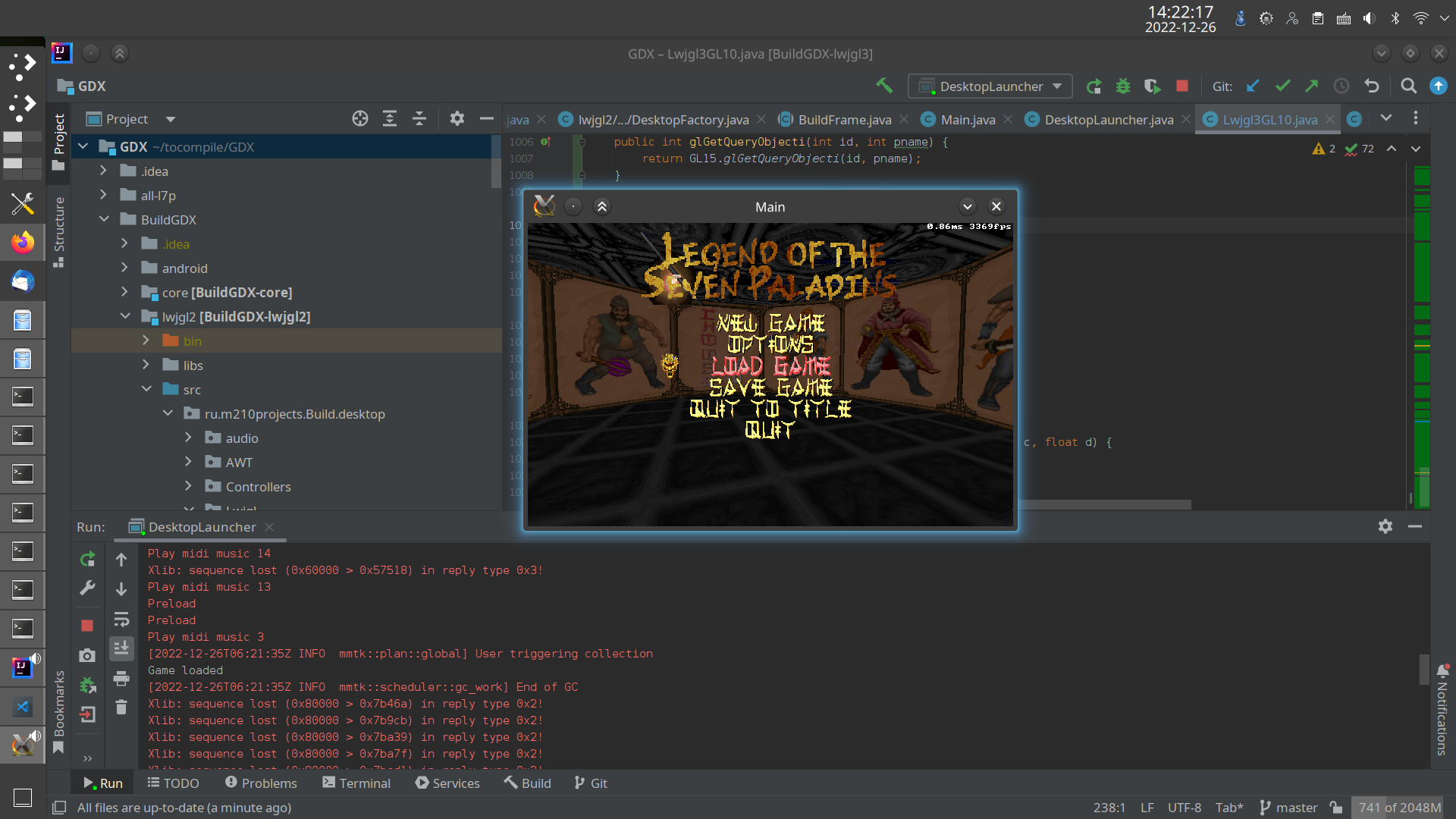
As the player walked in the corridors, it only triggered GC once every half minutes. The game lagged a little bit when GC happens, but was hardly noticeable.
However, when entering an area with a lot of enemies, like this one…
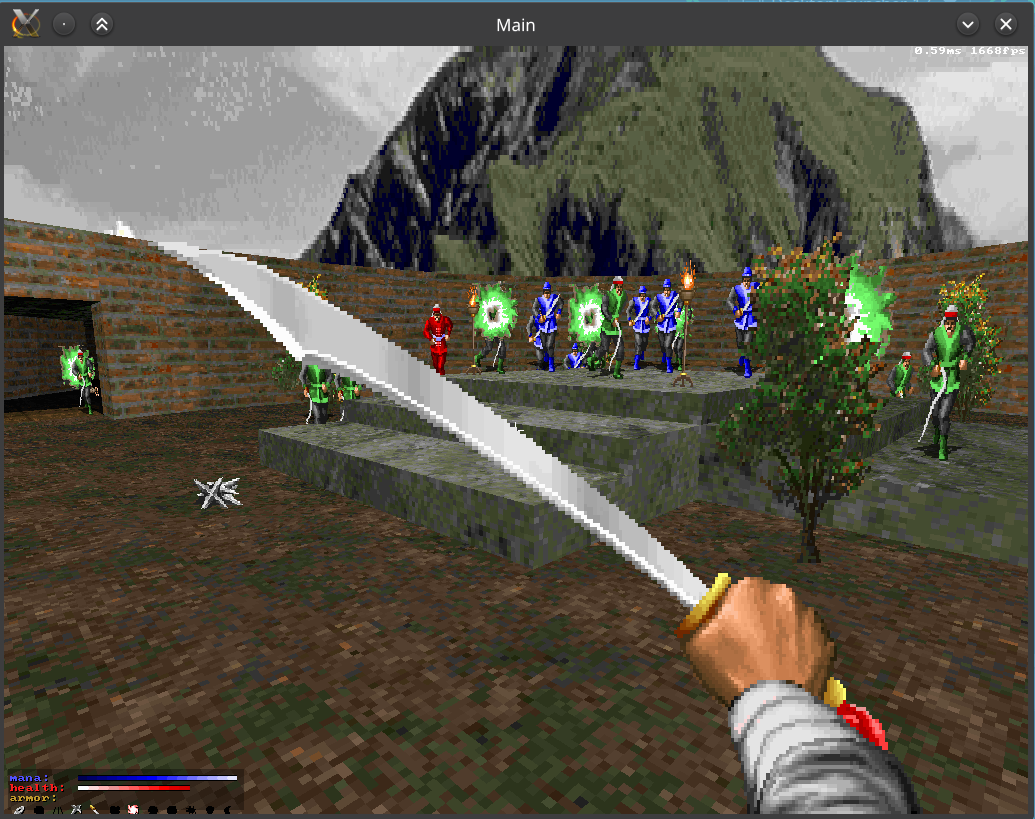
… it started to trigger GC once every several seconds. What was worse, every GC froze the game for about 3 seconds. Note the timestamp of the log messages “Triggering collection” and “End of GC” in the following screenshot.
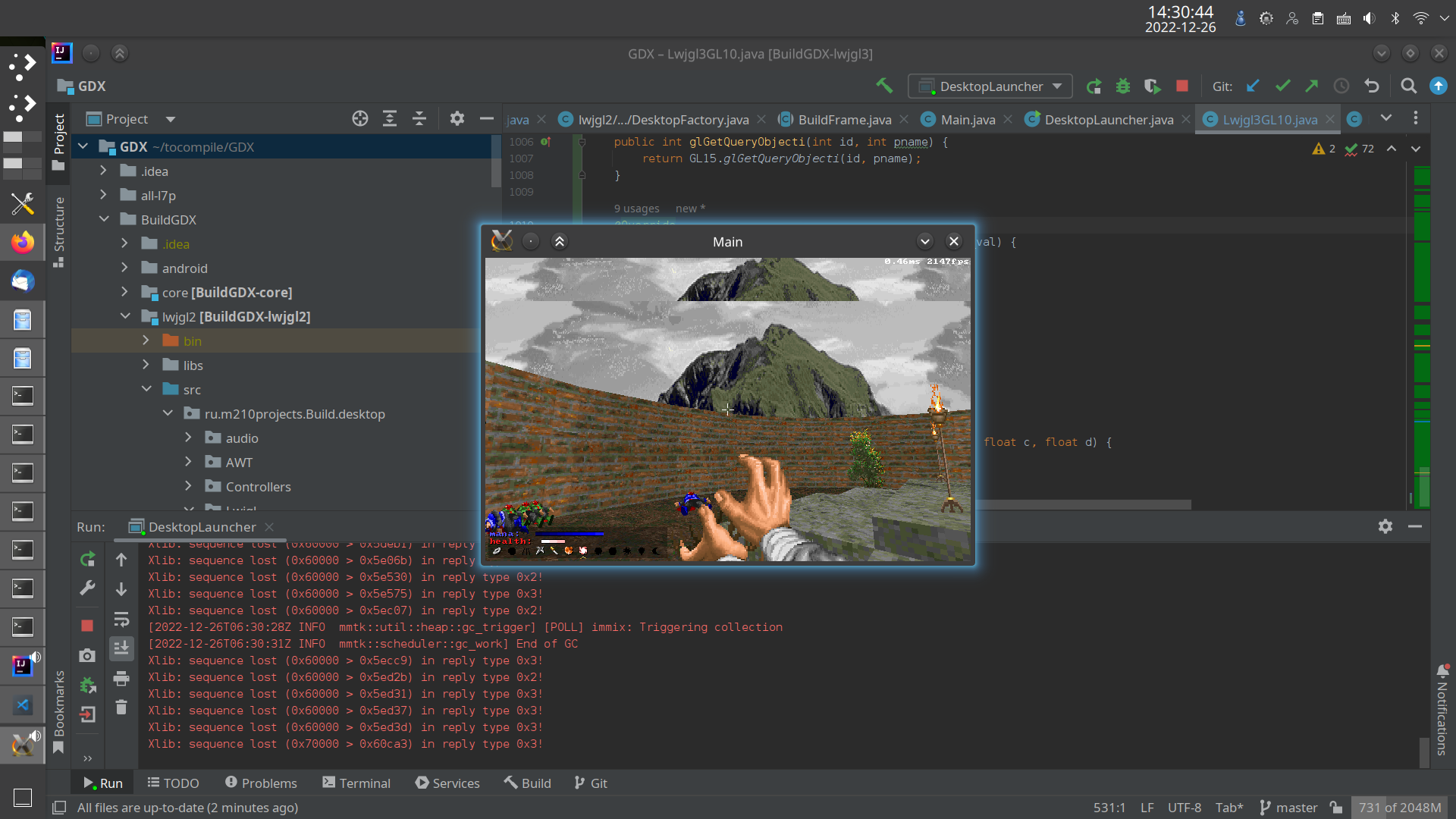
I stopped the game because the frequent GC pauses made the game unplayable.
The GC algorithm I chose was Immix, a high-throughput but non-generational non-concurrent GC. There was a bug by then that prevented Generational Immix from running. But even if the GC was generational, once a full-heap GC happened, it would just take as long as this one.
This experiment showed that GC latency matters for game applications. And MMTk does have a concurrent GC algorithm. The concurrent LXR GC algorithm was published last year, but has not been merged into the mainline MMTk core, yet. I’ll probably try playing LSPGDX with MMTk again when LXR stablises.
My forks
Since then, I have been hacking BuildGDX and LSPGDX to fix bugs and enhance the gameplay. If you are interested, you can clone my repositories on GitLab.
- BuildGDX: https://gitlab.com/wks/BuildGDX
- LSPGDX: https://gitlab.com/wks/LSPGDX